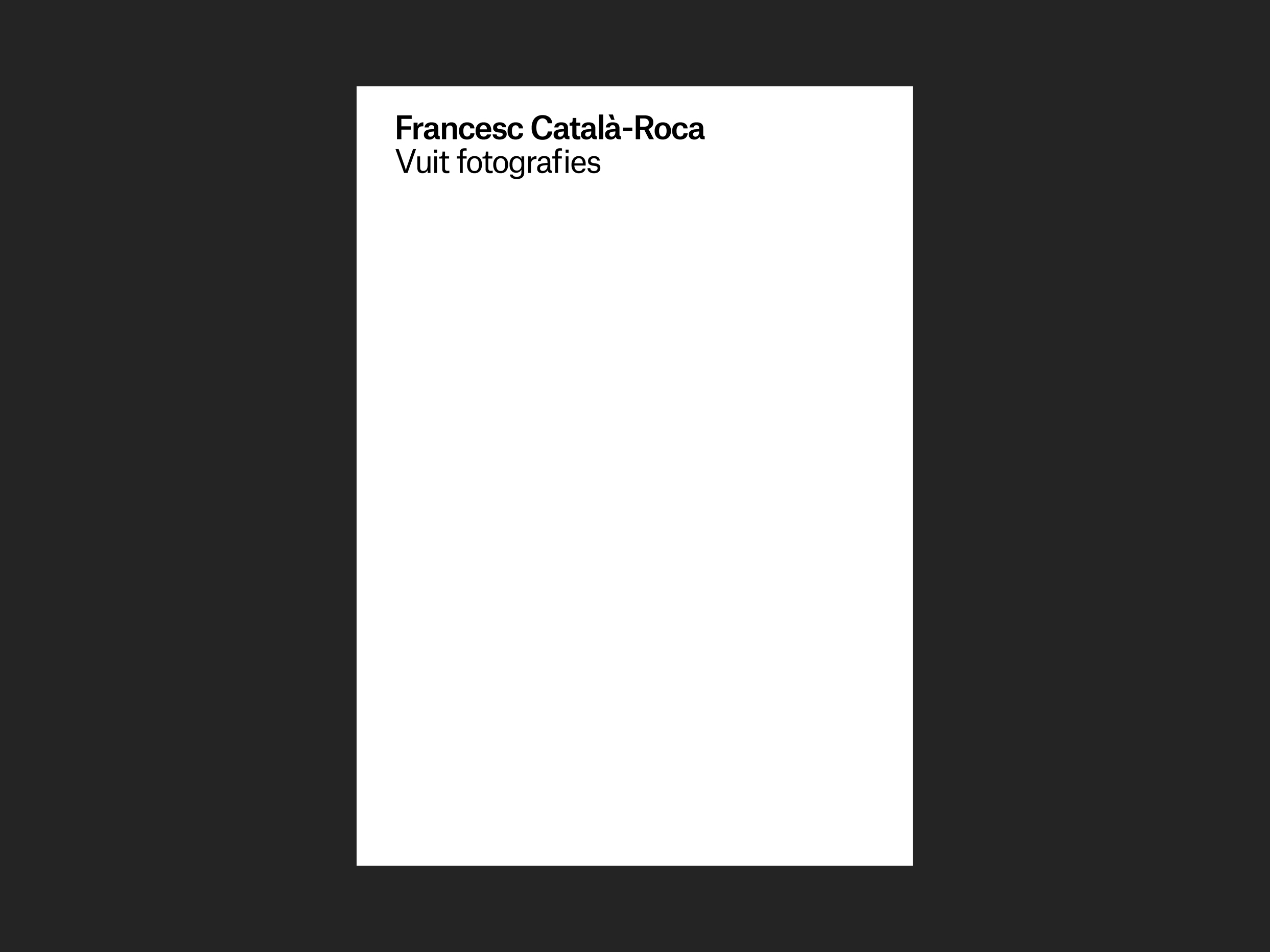The sixties represented the gradual end of post-war precariousness and, at the same time, a long awaited opening up to the outside world. With the harshness of limited living conditions now behind, optimism pervaded our lives, allowing us to glimpse a better future. In a context of renovation and incipient international influence, it seemed that everything could be modernised.
New music, new fashions and, basically a new way of seeing the wold came with a society that took its first carefree steps in consumerism and shrugged off the imposed austerity of years past. The pop movement and its reaction against an elitist view of art, set apart from society, emerged and took Europe and the United States by storm. Abstract art gave way to calls to express the everyday nature of life, and commonplace objects revealed their superficiality and became artistic, often with a large pinch of irony. The trailblazing exhibition This is Tomorrow at London’s Whitechapel Art Gallery in 1956 showed the work of various groups on this new sensibility and almost certainly marked a starting point.

























